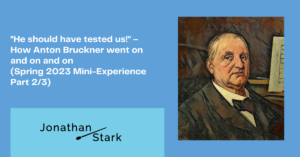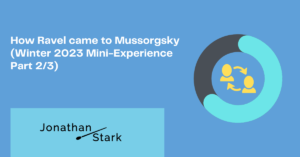“Collaboration” in classical music is something special, because in most cases the people involved don’t know each other. (For example, I have conducted many pieces by Bach, but there are over 300 years between my birthday and Mr. Bach’s birthday…this leads to much more difficult communication 
The phenomenon that “collaboration” takes place at intervals of many years can sometimes be really curious – as happened in 1922: a composer orchestrated a piano piece by another composer (i.e. he rewrote it so that it could be played by an orchestra), which had lain dormant in some drawer for 50 years – and in the new orchestral version became a WORLD SUCCESS overnight!
Before I show you which work and which two composers we are talking about, I must first introduce you to another artist: the painter Viktor Hartmann.
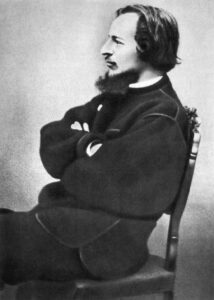
Viktor Hartmann was born in Saint Petersburg in 1834, but lost both parents at an early age and grew up with his uncle. The latter was a famous architect, so it was natural that Hartmann would also pursue a career with pencil and sketchpad.
So he studied at the Academy of Arts in St. Petersburg and then went on extensive study trips. On these study trips, Hartmann produced architectural sketches, as well as wonderful paintings:
So Hartmann was traveling. That took a while. In the meantime, let’s take a look at what was happening in Saint Petersburg…
Saint Petersburg was a hotbed of culture at that time. Not only were people painting diligently, but they were also composing: In 1862, five young Russian composers joined together to form a group. They lived and worked together – almost like in a commune – and exchanged ideas about music, art, philosophy and politics. Of course, this also included establishing contacts with artists of all disciplines.
Our painter Wiktor Hartmann had meanwhile returned from his study trips and made the acquaintance of the five young composers. One of them impressed him especially: Modest Mussorgsky.
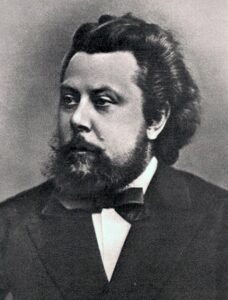
Hartmann and Mussorgsky became close friends. Their friendship could have been the beginning of a long, fruitful collaboration, but then…Viktor Hartmann died. At just 39 years of age.
Mussorgsky was devastated. Because his friend had left him so early, he wanted to at least set him a musical monument. So it happened that in 1874 Mussorgsky set to music some of Hartmann’s paintings – in other words, he wrote a short piano piece for each painting that matched the respective picture.
These piano pieces were combined into a cycle called Pictures at an Exhibition.
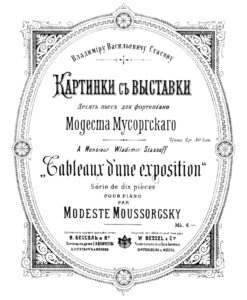
No one was particularly interested in Mussorgsky’s piano cycle…For many years, Pictures at an Exhibition was hardly noticed. In 1881, Modest Mussorgsky died believing that he had not created a particularly stirring work with Pictures at an Exhibition. Mussorgsky also lived to be only 42 (due to many years of alcohol addiction).
Yet in the same year (1881) that Mussorgsky died….
…a young boy in Paris was just getting his first piano lessons. His name: Maurice Ravel.
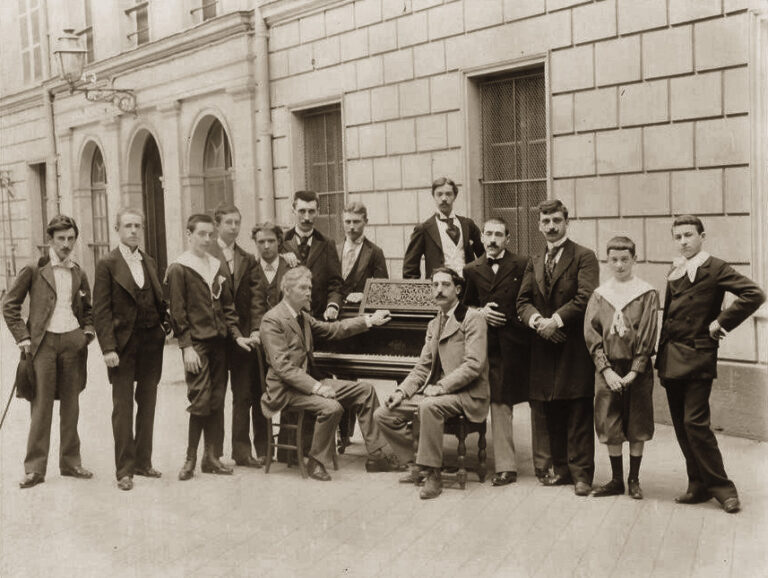
That this little boy would make Mussorgsky’s Pictures at an Exhibition world-famous 40 years later by transcribing it for orchestra in the most artistic way, nobody could have imagined at that time…






